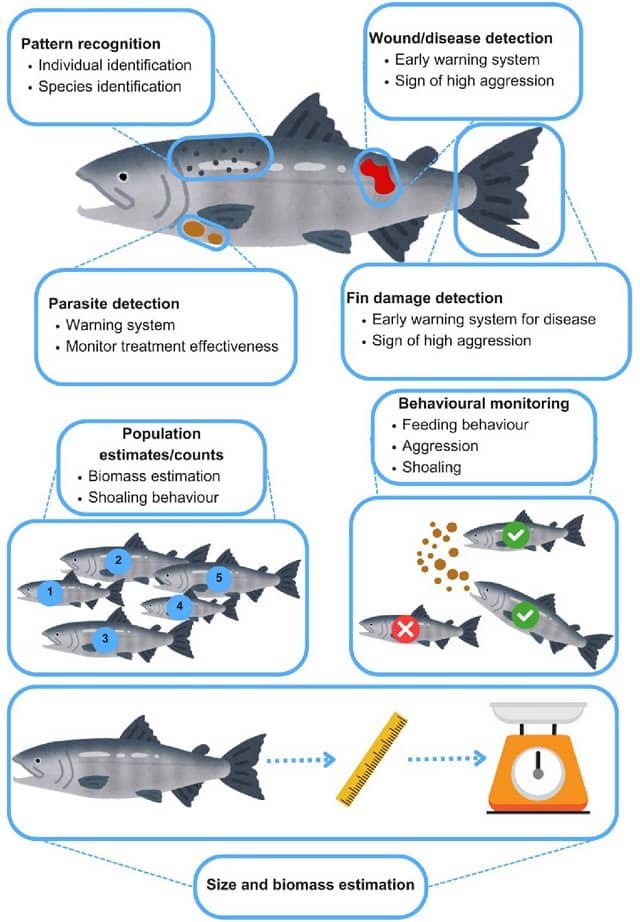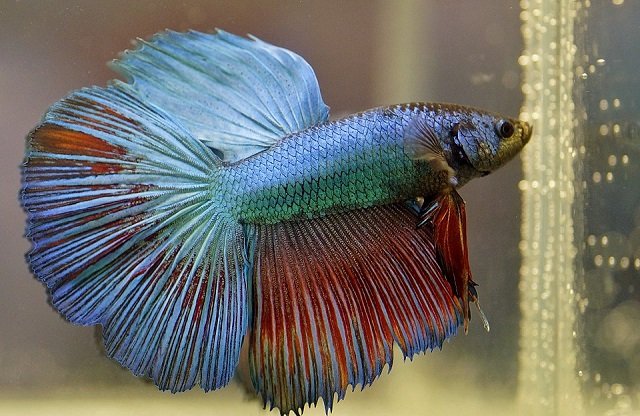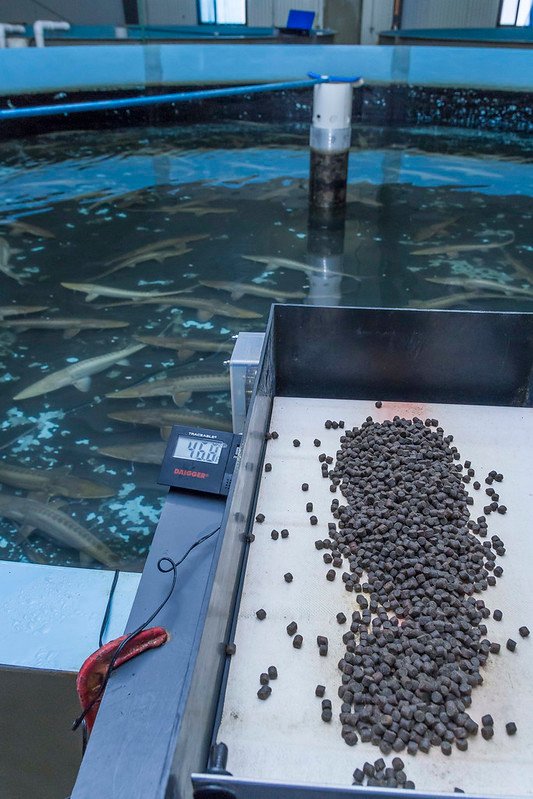
The aquaculture industry increasingly prioritizes animal welfare and demands non-invasive monitoring methods. Machine vision (MV) offers a promising solution by enabling real-time, non-invasive observation of animal health and behavior.
A scientific review published by researchers from Swansea University, the University of Bristol, and the Instituto de Investigacións Mariñas (IIM-CSIC) examines the practical applications of MV in aquaculture, focusing on hardware, algorithms, and the challenges associated with its implementation.
While MV has shown promise in estimating size-related metrics, its application to key welfare indicators, such as parasite detection and stress behavior recognition, remains relatively limited. This review highlights the potential of MV to revolutionize welfare monitoring in aquaculture while acknowledging the critical challenges that need to be addressed for its widespread adoption.
The importance of animal welfare
Animal welfare in aquaculture is paramount, encompassing physical and mental well-being across five domains: nutrition, environment, health, social interactions, and mental state. Traditional methods of assessing welfare in aquaculture often involve invasive procedures that cause stress and impact animal welfare. This is particularly concerning given the growing recognition of sensitivity in fish and crustaceans.
The increasing demand for ethically produced seafood and the need to improve welfare standards require the development of non-invasive monitoring techniques. Machine vision, powered by artificial intelligence (AI) and machine learning (ML), offers a potential solution. By analyzing visual data, MV can assess various aspects of animal health and behavior without the need for physical handling, minimizing stress and improving overall welfare.
The potential of machine vision in aquaculture
MV has the potential to revolutionize aquaculture by:
- Reducing Stress: Eliminating the need for handling minimizes stress associated with capture, transport, and physical examination.
- Improving Efficiency: Automating tasks such as growth monitoring and disease detection can enhance efficiency and reduce labor costs.
- Enabling Real-Time Monitoring: Continuous observation allows for the rapid identification of health issues and behavioral changes, enabling timely interventions.
- Facilitating Precision Aquaculture: Integration of MV with other technologies can enable data-driven decision-making and optimize production practices.
Applications of machine vision in aquaculture for Animal welfare
- Size and Biomass Estimation:
MV has been used to measure fish growth and biomass, which is critical for detecting stunted individuals due to stress or poor nutrition. - Behavior Monitoring:
Although still under development, MV is being used to monitor feeding activity and other behaviors related to welfare. Analyzing posture and movement patterns can help detect abnormal behaviors. - Parasite and Disease Detection:
MV can identify ectoparasites and wounds, which are crucial for animal health and welfare. Early disease detection via MV enables faster treatment and reduces outbreak spread. - Individual and Species Identification:
MV can distinguish species in polyculture systems and identify individuals in smaller-scale studies. Individualized tracking can be valuable for monitoring welfare parameters in certain cases. - Population Density Monitoring:
MV can estimate population size, aiding in controlling losses due to escapes, predation, or disease.
Challenges of using machine vision in the aquaculture industry
For MV to become a significant tool, it must overcome the following challenges:
- Limited Application to Welfare Indicators: Detecting ectoparasites, identifying diseases, and recognizing stress-related behaviors remain significant hurdles.
- Environmental Constraints: High densities, poor water quality, and limited visibility in commercial environments can hinder accurate image capture and analysis.
- Data Processing and Analysis: Processing and analyzing large volumes of visual data require significant computational power and sophisticated algorithms.
- Lack of Standardization: The absence of standardized protocols for data collection, camera setups, and algorithm design makes data comparability difficult and hinders widespread adoption.
- Few Studies on Crustaceans: Most research focuses on fish (85%), with limited studies on crustaceans (3.8%) despite being the most farmed aquatic organisms globally. This represents a significant knowledge gap given the growing pressure to monitor crustacean welfare.
Future directions
Addressing these challenges requires:
Stay Always Informed
Join our communities to instantly receive the most important news, reports, and analysis from the aquaculture industry.
- Development of Advanced Algorithms: Focus on creating algorithms that can accurately detect subtle behavioral changes, identify diseases, and assess parasite infestations.
- Robust Hardware and Software Solutions: Invest in cost-effective hardware and software that can perform efficiently in challenging aquaculture environments.
- Data Sharing and Collaboration: Encourage collaboration among researchers, industry stakeholders, and technology providers to share data, develop best practices, and accelerate the development and adoption of MV technologies.
- Ethical Considerations: Ensure that the use of MV technologies in aquaculture adheres to ethical standards and prioritizes animal welfare.
Implications of machine vision for aquaculture farmers
The implications of MV for the aquaculture industry are significant, encompassing both production efficiency and animal welfare:
- Improved Animal Welfare:
MV has the potential to transform welfare monitoring in aquaculture. By reducing stress and enabling early detection of diseases and parasites, corrective measures can be implemented promptly. Behavior monitoring can serve as an early warning system before welfare is severely compromised. - Automation and Labor Reduction:
MV can automate tasks such as feeding, water quality monitoring, and welfare assessment, reducing labor needs and associated costs. This streamlines processes and enhances operational efficiency. - Increased Efficiency and Sustainability:
Integrating MV with other smart devices and AI can advance “smart aquaculture,” where monitoring and decision-making are automated. This improves production efficiency and sustainability. - Compliance with Ethical Standards and Consumer Demands:
The growing pressure from legislators and the public for higher welfare standards and ethically produced food can be addressed through MV applications in aquaculture. Using MV to reduce stress and enhance animal welfare can boost consumer confidence in aquaculture products. - Development of Multifunctional Systems:
MV can be used for multiple purposes, such as species identification, size estimation, and feeding and health monitoring, enabling more efficient and economically viable monitoring systems. - Development of Specific Datasets:
The availability of image and video datasets from aquaculture environments is crucial for training MV algorithms to function efficiently in the industry. Existing datasets like Fish4knowledge can help, but more specific datasets are needed.
Conclusion
Machine vision holds immense potential to transform welfare monitoring in aquaculture. By addressing current challenges and fostering continued research and development, MV can play a crucial role in creating a more sustainable, ethical, and efficient aquaculture industry.
However, the successful adoption of MV in aquaculture requires overcoming technical and practical challenges and developing economically viable systems tailored to the industry’s needs.
The study was funded by Swansea University, the HORIZON EUROPE Framework Programme, and the Royal Society Industry Fellowship.
Contact
Carlos Garcia de Leaniz
Department of BioSciences, Swansea University
CSAR, Swansea, UK
CIM, Universidade de Vigo
Vigo, Spain
Email: c.garciadeleaniz@swansea.ac.uk
Reference (open access)
Fitzgerald, A., Ioannou, C. C., Consuegra, S., & Dowsey, A. (2025). Machine Vision Applications for Welfare Monitoring in Aquaculture: Challenges and Opportunities. Aquaculture, Fish and Fisheries, 5(1), e70036. https://doi.org/10.1002/aff2.70036
Editor at the digital magazine AquaHoy. He holds a degree in Aquaculture Biology from the National University of Santa (UNS) and a Master’s degree in Science and Innovation Management from the Polytechnic University of Valencia, with postgraduate diplomas in Business Innovation and Innovation Management. He possesses extensive experience in the aquaculture and fisheries sector, having led the Fisheries Innovation Unit of the National Program for Innovation in Fisheries and Aquaculture (PNIPA). He has served as a senior consultant in technology watch, an innovation project formulator and advisor, and a lecturer at UNS. He is a member of the Peruvian College of Biologists and was recognized by the World Aquaculture Society (WAS) in 2016 for his contribution to aquaculture.




